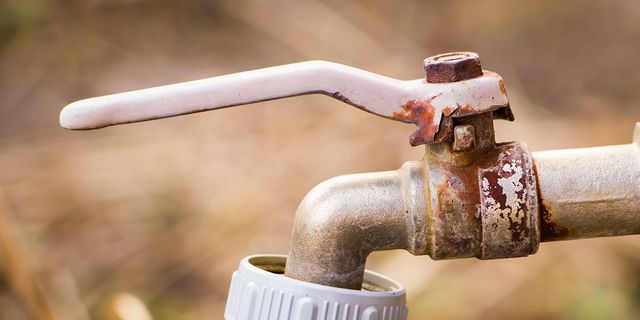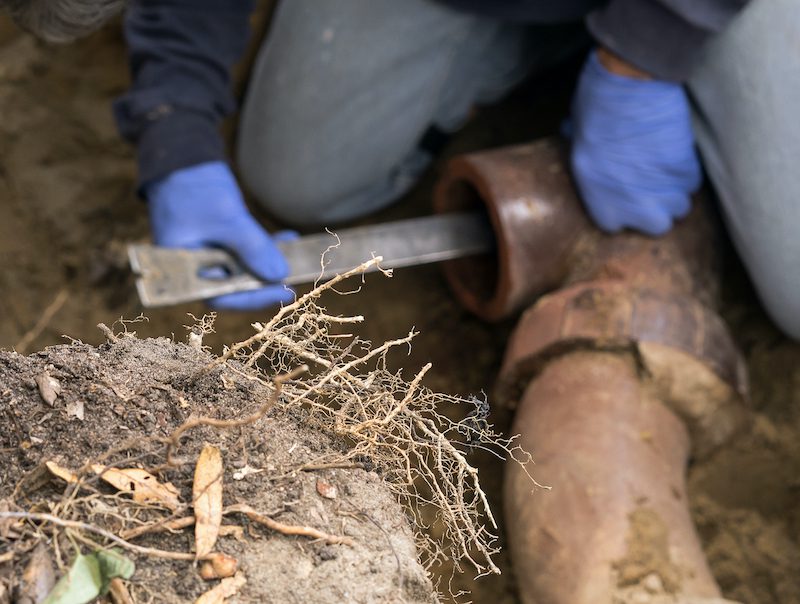Presented here in the next paragraphs you can discover a bunch of superb information and facts concerning Main Plumbing Issues Found in Old Houses.

Older homes commonly come with beauty, character, and history, yet they can likewise bring a host of plumbing problems. Whether you're taking care of aging pipes, low tide stress, or leaks, recognizing how to address these typical problems is vital to preserving a secure and practical home. In this guide, we'll check out the typical plumbing obstacles faced by older homes and supply useful remedies to keep your plumbing in top form.
Comprehending Common Pipes Issues
Aging Pipes
Among the most typical issues in older homes is maturing pipelines. Depending on the age in which your home was developed, the pipelines may be made from products that have worn away over time, such as galvanized steel, cast iron, or perhaps lead. These materials can wear away, become breakable, or develop leaks, causing water damage and prospective carcinogen.
Low Tide Pressure
If you're experiencing low water stress, maybe because of natural resources, rust inside the pipes, or old fixtures that are no longer functioning successfully. This can be a major inconvenience, especially in locations like showers and sinks.
Leaking Pipes
Leakages are another frequent concern in older homes, typically brought on by rusty or worn-out pipes. Even tiny leakages can lead to considerable water damages, mold and mildew development, and increased water costs if not dealt with without delay.
Obsolete Fixtures
Outdated plumbing components such as taps, commodes, and showerheads not only look old but may additionally be much less effective, vulnerable to leaks, or incompatible with contemporary pipes criteria.
Pipeline Deterioration
Deterioration is a common problem in older pipes, especially those made from galvanized steel or actors iron. Rusty pipes can restrict water flow, trigger discoloration, and ultimately cause leakages or pipeline bursts.
Evaluating the Condition of Your Plumbing
Inspecting Visible Pipes
Beginning by evaluating any kind of noticeable pipelines in your house, such as those in cellars, crawl spaces, or under sinks. Try to find signs of corrosion, leakages, or corrosion, which can show underlying concerns.
Looking for Leakages
Check for leaks by examining areas around faucets, commodes, and under sinks. You can also check your water meter before and after a duration of no water make use of to identify surprise leakages.
Water High Quality Testing
Older pipes can influence the top quality of your water. Conduct a water high quality test to check for impurities such as lead, rust, or various other pollutants that may be introduced by maturing pipes.
Solutions for Usual Plumbing Concerns
Replacing Aging Pipelines
If your home has old, deteriorating pipelines, take into consideration replacing them with modern products like copper or PEX. This can be a substantial financial investment, however it will certainly stop future problems and boost the security and reliability of your pipes system.
Taking Care Of Low Water Stress
To deal with low water stress, start by cleansing or changing old fixtures and getting rid of mineral accumulation in the pipelines. If the problem persists, it might be necessary to change sections of rusty pipelines.
Repairing and Changing Leaking Pipelines
For little leakages, you can utilize pipeline clamps or epoxy putty as a temporary solution. However, it's finest to replace leaking pipelines completely to prevent additional damage.
Upgrading Components
Upgrading old fixtures to modern, water-efficient versions can enhance your home's pipes efficiency and reduce water usage. Look for components with the WaterSense label for the very best effectiveness.
Dealing with Pipeline Corrosion
If your pipes are worn away, changing them with corrosion-resistant materials like copper, PVC, or PEX is the most effective solution. Routine examinations and water quality upkeep can assist prevent even more deterioration.
When to Call a Professional
While some plumbing concerns can be managed with DIY remedies, there are times when it's best to call a professional. If you're taking care of major leaks, extensive corrosion, or are uncertain concerning the problem of your pipes, an accredited plumber can supply professional analysis and fixing.
Preventive Upkeep Tips
Regular Assessments
On a regular basis evaluate your plumbing system for indicators of wear and tear. Catching problems early can stop costly fixings down the line.
Water Stress Policy
Guarantee your water pressure is within the advised range to avoid emphasizing your pipes and fixtures. A plumbing technician can mount a stress regulatory authority if required.
Water Quality Maintenance
Install water filters or conditioners if your water top quality is poor. This can shield your pipelines and components from damages brought on by tough water or impurities.
Aggressive Pipe Replacement
If your home has older pipelines, consider proactive replacement before major issues emerge. This can conserve you from emergency repair work and water damage.
Final thought
Handling plumbing issues in older homes needs a combination of watchfulness, preventative upkeep, and prompt upgrades. By comprehending the typical difficulties and understanding when to look for specialist assistance, you can ensure your plumbing system continues to be practical and trustworthy for years to come.
Common Plumbing Issues in Older Homes and How to Fix Them
Owning an older home in Australia comes with its unique charm and a set of challenges, especially when it comes to plumbing. The Sunshine Coast has many older properties that can harbour plumbing problems that aren t just inconvenient but potentially costly. Here s a look at some common plumbing issues in older homes and expert advice on how to handle them.
Outdated Piping Materials
Many older homes were built with galvanised steel, cast iron, or even lead pipes, materials that are far from ideal by today s standards. Galvanised pipes are prone to corrosion and clogging, while lead pipes pose serious health risks.
How to Fix:
Replacing old pipes is a job for a professional. Upgrading to copper or PVC piping not only enhances water quality and flow but also increases the property s safety and value. If you suspect your home has outdated materials, a licensed plumber can conduct a thorough inspection and recommend the best course of action.
Corrosion and Pipe Degradation
Over time, exposure to water and minerals can cause pipes to corrode, leading to leaks, bursts, and water contamination. Corrosion is especially common in homes over 50 years old.
How to Fix:
Regular inspections can catch early signs of corrosion. If corrosion is found, the affected section of piping often needs to be replaced. For homes with extensive corrosion, a complete plumbing overhaul might be necessary. It s crucial to consult with a plumbing expert to understand the extent of the issue.
Tree Root Intrusion
Older neighbourhoods usually have mature trees whose roots can intrude into pipe lines, causing blockages or damage. This is particularly problematic for sewer lines, where roots seek out water sources.
How to Fix:
A plumber can use a specialised camera to inspect sewer lines for root intrusion. If roots are a problem, methods like root cutting or hydro-jetting can clear the obstruction. In severe cases, part of the pipe may need replacing. Consider root barriers around the piping to prevent future issues.
Inadequate Water Pressure
Low water pressure in older homes can be due to various factors, including corroded water lines, sediment build-up in pipes, or outdated fixtures.
How to Fix:
First, check if the low pressure is isolated to one area or throughout the house. Replacing old fixtures can sometimes resolve the issue. However, if the problem is more widespread, it might be due to sediment or corrosion. Flushing the system or replacing the affected pipes usually restores normal pressure. Again, a professional assessment is advisable.
Outdated Fixtures
Older homes often feature fixtures that are not only visually dated but functionally inefficient. This includes everything from toilets and taps to showerheads and washing machine hoses.
How to Fix:
Updating these fixtures can improve both water efficiency and the aesthetic appeal of your home. Modern fixtures are designed to conserve water, which can significantly reduce your water bill and lessen your environmental impact.
Conclusion
Maintaining the plumbing in an older home requires a proactive approach. Regular checks and updates are key to preserving these beautiful properties. If you re facing plumbing issues in your older home, it s best to call on experienced professionals like Green & Gold Plumbing & Gas. With the right expertise, even the most daunting plumbing problems can be resolved, ensuring that your home s character is maintained while its functionality is enhanced.
https://gandgplumbing.com.au/common-plumbing-issues-in-older-homes-and-how-to-fix-them/

I stumbled upon that blog posting about Common Plumbing Problems in Older Homes while doing a search on the search engines. Sharing is good. Who knows, you might be helping someone out. Thank-you for going through it.
Request An Estimate
Comments on “Helpful Guidance for Solving Plumbing Issues in Older Homes”